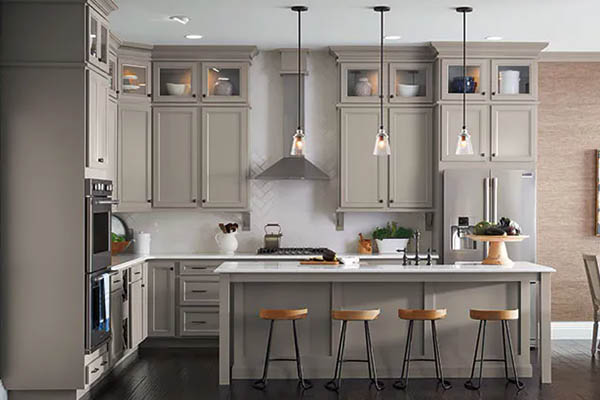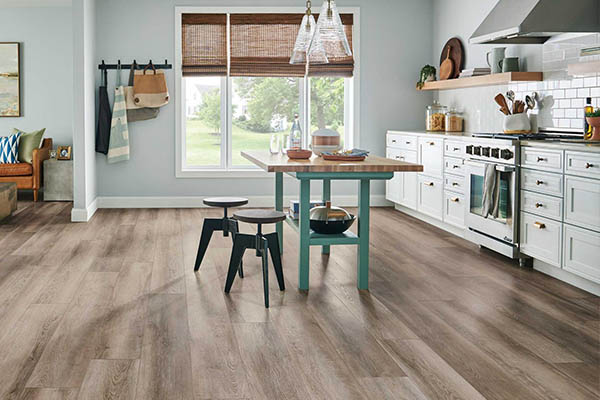OSB vs. Plywood: Comparing The Best Subfloor Materials
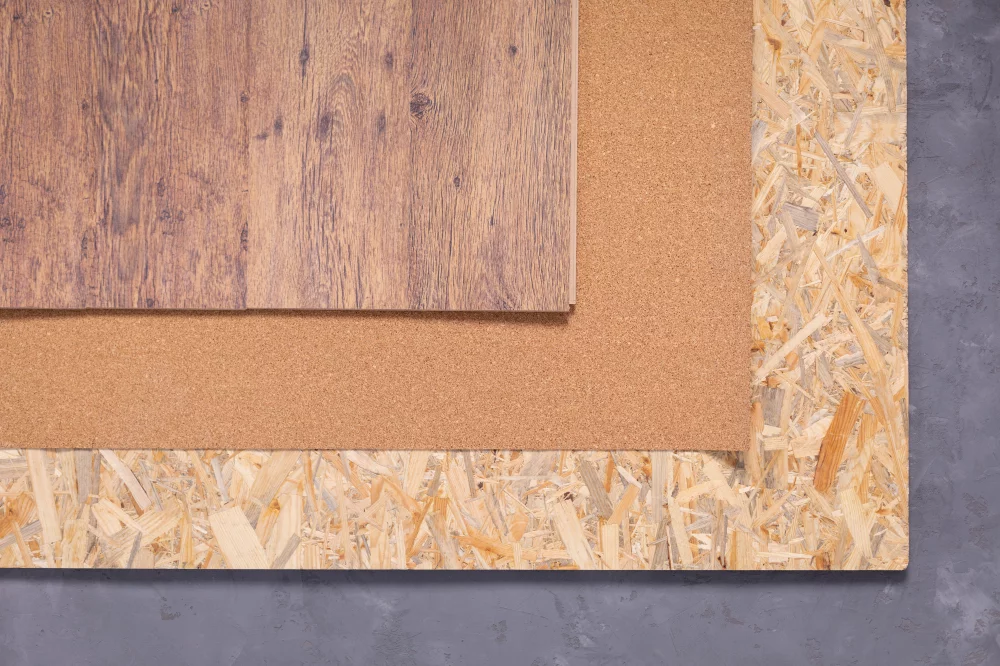
Building a new home or renovating your existing one? Choosing the subfloor material, that is, the foundation and structural reinforcement for the floor, will be one of the most important decisions to make.
In that regard, two of the most famous subfloor materials are oriented strand board (OSB) and plywood. Both are suitable for different types of projects, so understanding their basic differences and pros and cons is essential.
This article is your comprehensive guide on comparing the best subfloor materials, OSB vs. plywood. So, let’s get started!
OSB vs. Plywood: What Are They?
Before diving into their differences, let’s discuss the basic characteristics of each type of subfloor.
OSB (Oriented Strand Board)
OSB, short for Oriented Strand Board is a type of engineered lumber. It is made from small pieces of wood oriented in random and haphazard directions, and glued together. It is typically made from softwood, while hardwood may be used at times, too.
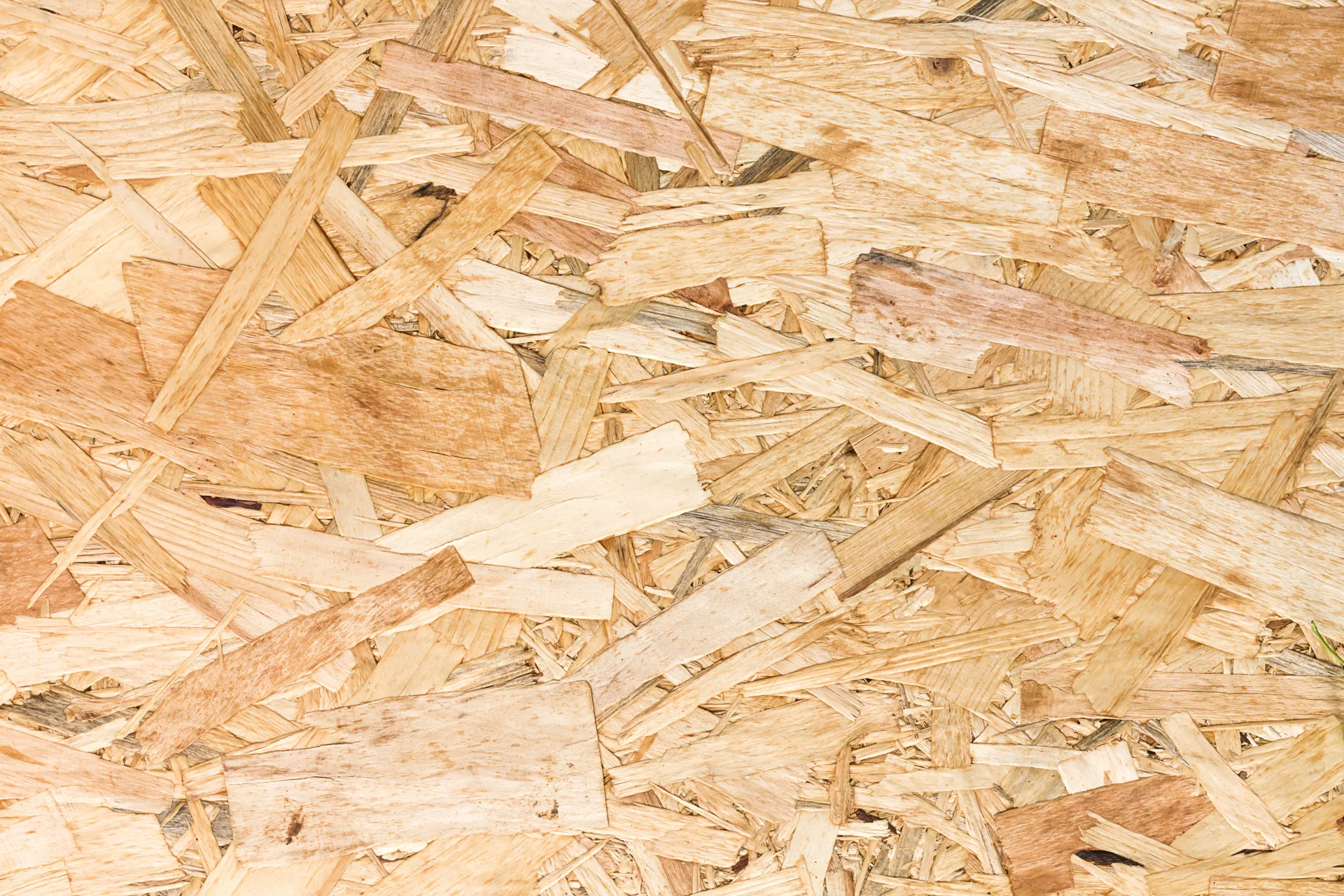
Plywood
Plywood is also an engineered wood. It is made from very thin layers of wood veneers called plies. These individual layers are glued together by forming a 90-degree angle between the wood grains. A variety of wood can be used, such as fir, ash, pine, or eucalyptus.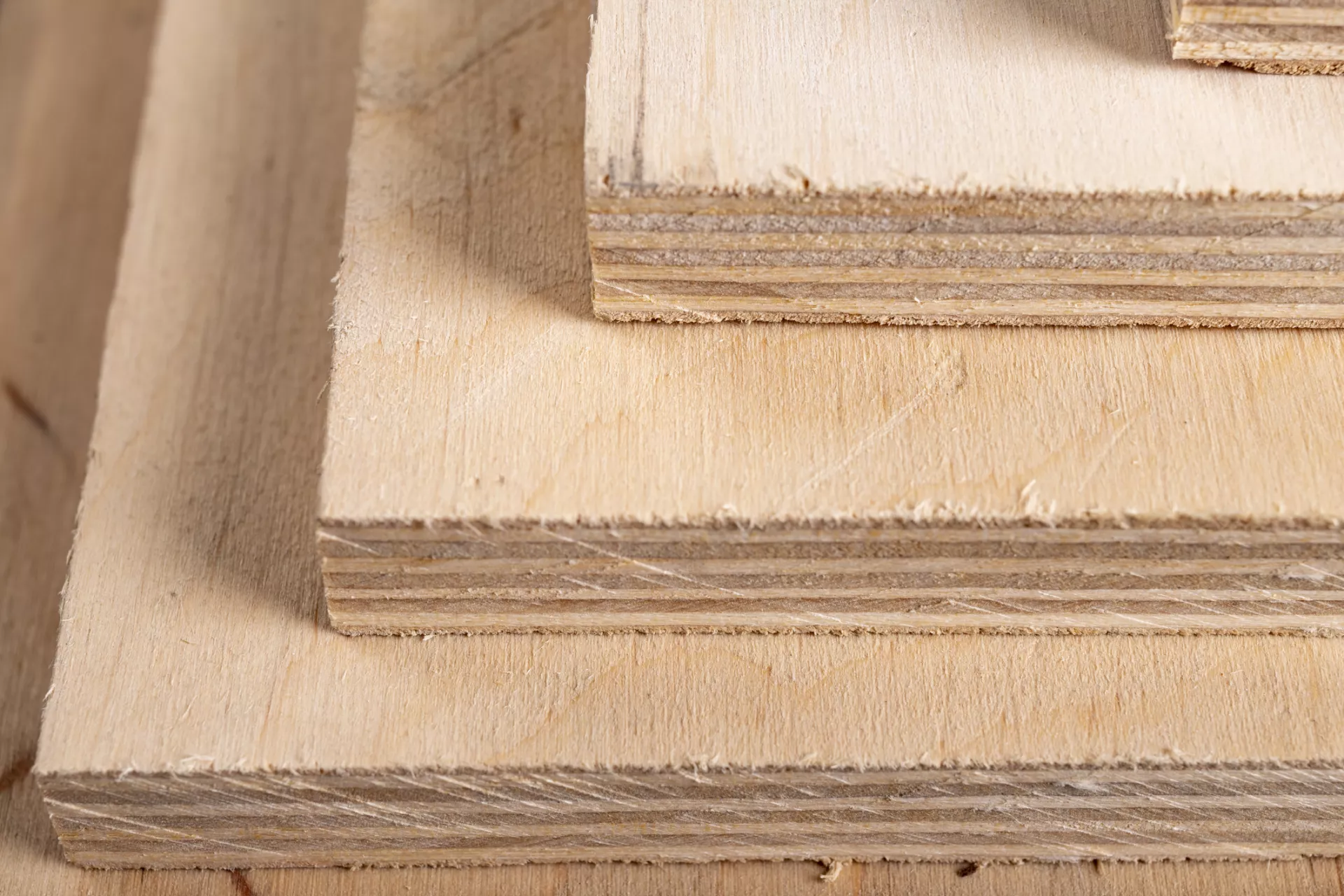
OSB vs. Plywood: The Differences
Below, we will sum up the main differences between OSB and plywood.
Plywood Is Stronger and More Rigid Than OSB
While both subfloor materials are similar in terms of durability and upkeep, plywood gets an edge when it comes to rigidity. Plywood is stiff (and slightly stronger), hence, more suitable for use under stone or ceramic tile floors. In contrast, OSB is more flexible, making it unsuitable for use under heavy floors.
Plywood Has Higher Moisture Resistance
Plywood offers incredible resistance to moisture and dries out quickly, which means there is a negligible chance of swelling when it gets wet. OSB is also considered moisture-resistant. But it absorbs — and holds — moisture for longer periods when wet/dampened. This means the subfloor, especially any untreated edges, can easily expand when wet.
OSB Subfloors Are Cheaper
In terms of cost, OSB is more economical. OSB costs $16 for every 4 x 8 sheet, while equal dimensions of plywood cost approximately $21. This means the former is a more budget-friendly option.
OSB May Require More Fasteners During Installation
The Engineered Wood Association (APA) treats OSB and plywood similarly in most structural applications. This is because they are structurally equivalent. The individual sheets are joined together, followed by nailing them over the joists, with long seams parallel. However, OSB has lower nail and screw-holding strength than plywood, so it may require more fasteners during installation.
OSB May Bend Underfoot
While this is barely visible when installed with wood flooring, OSB does have the likelihood to bend underfoot. On the other hand, plywood is generally stronger over the joist span.
OSB Is Suitable For Exterior Use
OSB has a water-resistant wax coat, and it’s not as smooth and flat as plywood, so it is more suitable for exterior use.
OSB vs. Plywood: The Similarities
OSB and plywood have a fair share of similarities, too. These include:
Visual Presentation
The appearance of OSB and plywood differs, but it doesn’t matter when installed as subflooring. This is because the entire surface of both materials is concealed once the flooring is fully installed.
Cleaning and Maintenance Requirements
OSB and plywood are used as underlayments, so they do not require much maintenance or cleaning. In case of very large spills, consider removing the flooring and allowing the subfloor to dry to ensure it remains in good condition. This practice is essential for both types of materials — OSB may take longer to dry, though.
Longevity
Both OSB and plywood last the lifetime of the house. To ensure longevity, make sure your subfloor is built and installed properly, and is kept dry throughout its life period.
OSB vs. Plywood: Which Is Better?
So, which out of OSB and plywood is better for the subfloor in your renovation project? This entirely depends on your project needs and personal preferences; find these in the table below to choose the one that suits you best.
| Property | Plywood Subfloor | OSB Subfloor |
| Durability | ✔ |
|
| Moisture resistance |
✔ |
|
| Price | ✔ |
|
| Easy Installation | ✔ |
✔ |
| Resistance to underfoot bending | ✔ |
|
| Visual representation |
N/A | N/A |
| Longevity |
✔ |
✔ |
| Suitable for exterior applications | ✔ |
|
| Preferred by construction crews |
✔ |

Final Words
Owing to its higher structural strength and little need for fasteners, plywood is more preferable in the construction world. However, OSB can be found at a more reasonable price. Additionally, very few homeowners inquire about the type of subfloor material, so it shouldn’t make a difference in the home resale value.
Find information about flooring remodeling in Flooring section of our home remodeling BLOG.


